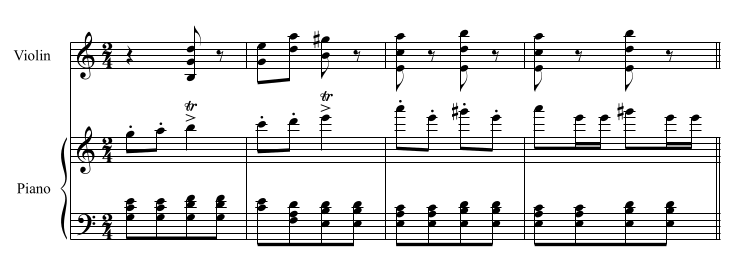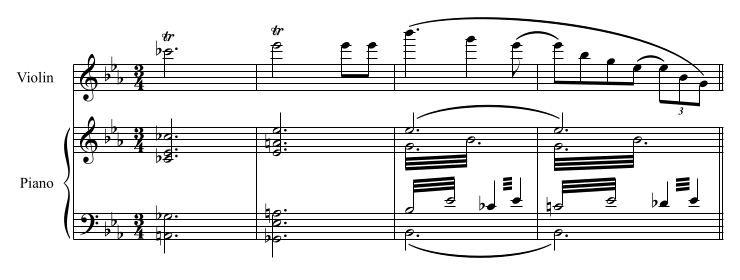Inversions
Let's take a look at a C major triad. The examples shown here are all C major triads. What is different among them is the order of the notes.

From the left to right, these chords are called a root position, 1st inversion, and 2nd inversion.
Root position
Root position is when the bass of the chord is the same note as the name of the chord. For instance, it is in the root position when the bass of a C major chord is a C, or the bass of a D minor chord is a D.

When in root position, the intervals from the bottom to the top is: 3rd + 3rd. The root position makes a chord sound most stable.

1st inversion
When you move the bass note of a chord in a root position up by an octave, the chord now is in 1st version.

When in 1st inversion, the intervals from the bottom to the top note are: 3rd + 4th. The 1st inversion makes the chord sound a little lighter.

Here are some examples of chords in 1st position.

2nd inversion
Move the bottom 2 notes in a root position up an octave, and we get a chord in a 2nd inversion.

When in 2nd inversion, the intervals from the bottom to the top note are: 4th + 3rd.

There are specific rules when you can use the 2nd inversion, such as in a cadence, passing chord, before a cadenza in a concerto, etc. We will not go into details here but for now you want to know that it is a bad idea to throw around 2nd inversion chords everywhere in a composition.
Here are some examples of chords in 2nd inversion.

Why is this important?
Why do we care so much about the order of the notes? After all they are the same chord, they are going to sound all the same, right?
Well, yes and no. Yes, they are going to sound pretty similar; C major chord will always sound like a C major, and never like a D minor chord no matter what inversion it is in. However, there is a subtle difference in tonality between the root position and inversions.
Examples of the root position
There are endless examples of a chord in root position. The root position is the most stable state of a chord.
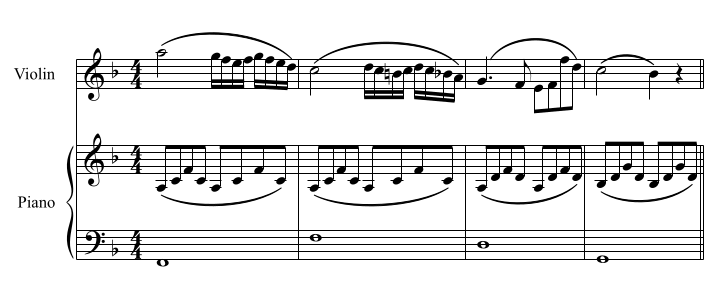
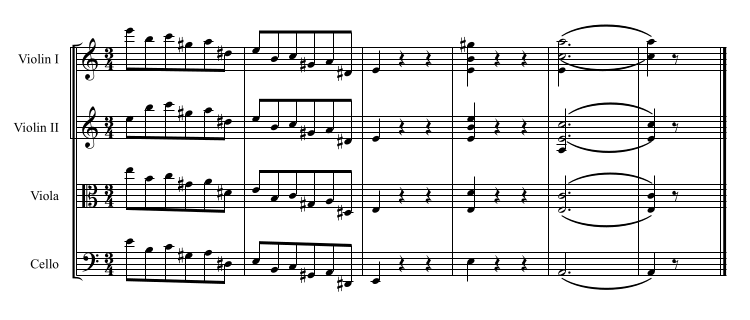
Examples of 1st inversion
1st inversion of a chord gives a lighter feel, and adds a certain color to the music. Here are some examples of 1st inversion chords.
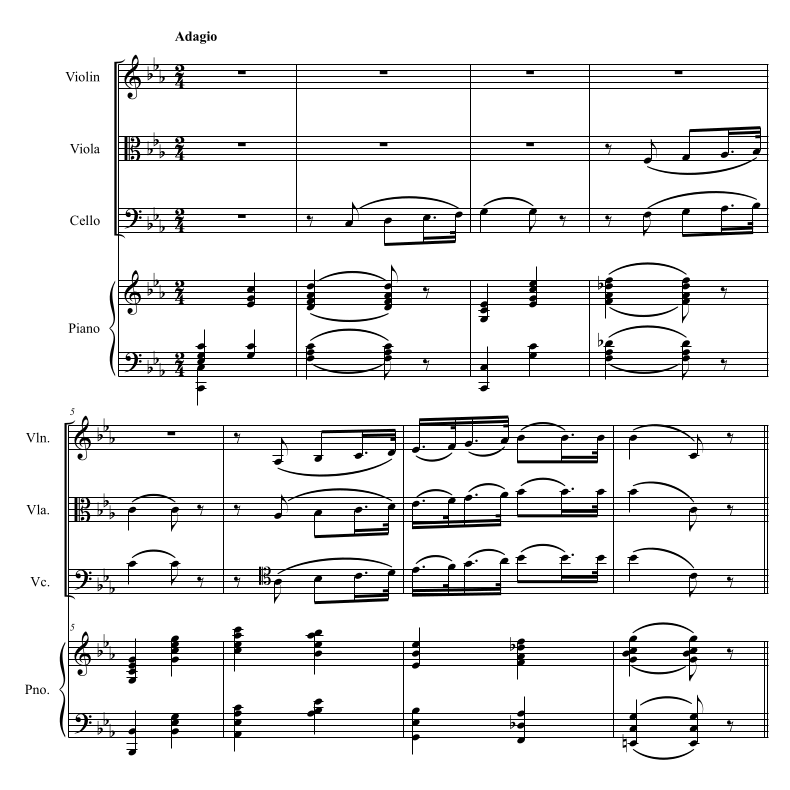
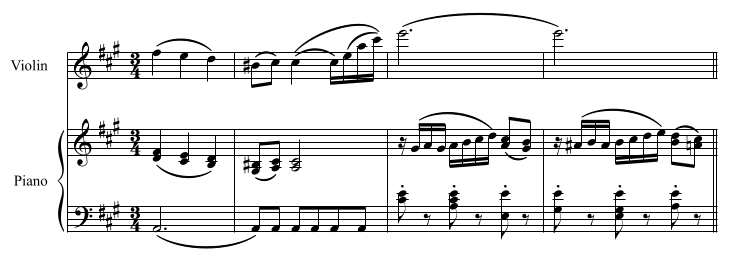
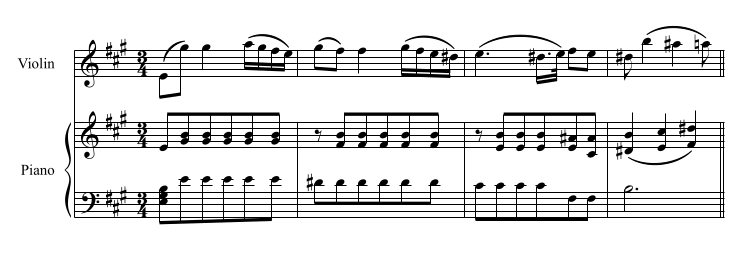
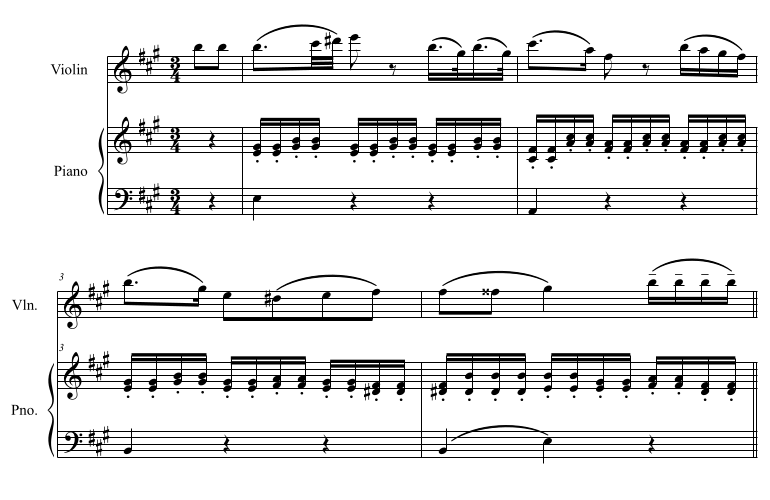
Examples of 2nd inversion
2nd inversion of chords are often seen in a cadence of a phrase, and right before a Cadenza of concerti. Here are some examples of 2nd inversion chords.
